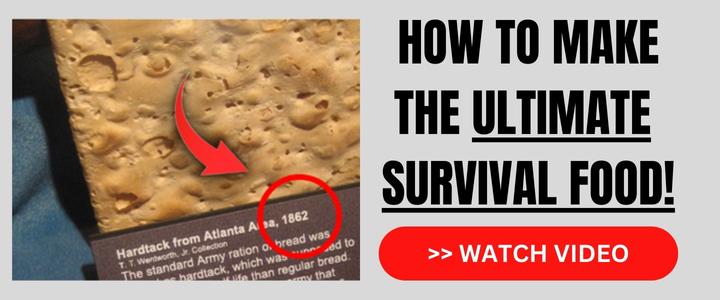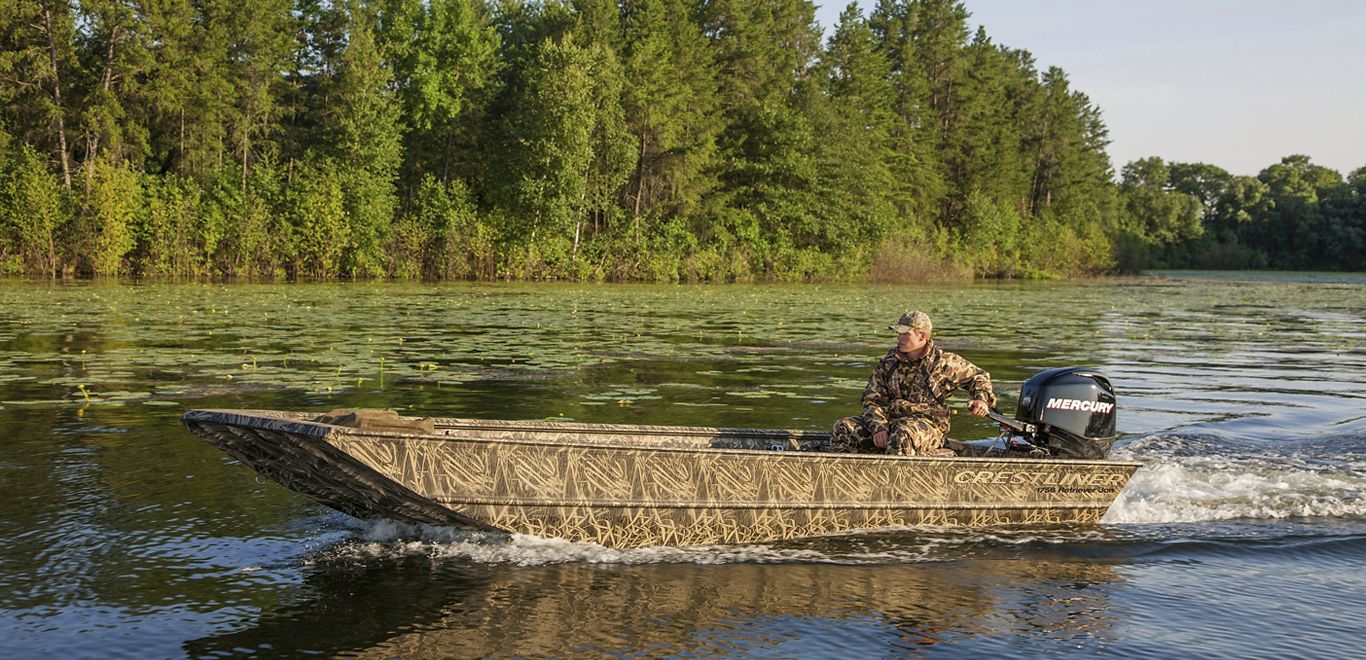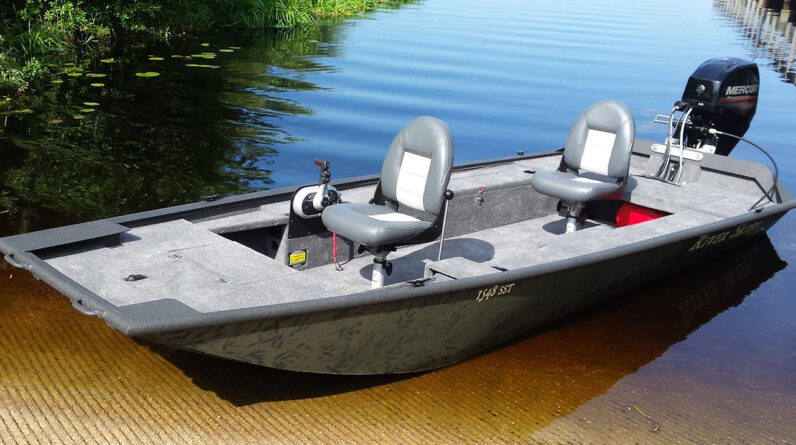
Have you ever wondered what makes flat-bottom boats such a popular choice for water enthusiasts? Whether you’re an avid angler, a serene river cruiser, or a thrill-seeking adventure seeker, flat-bottom boats have something to offer for everyone. In this article, we’ll delve into the fascinating world of flat-bottom boats and discover why they have become a staple in the boating industry.
From their unique design to their exceptional maneuverability, flat-bottom boats have a lot to offer. One of the key features that sets them apart is their flat hull, which allows for superior stability and floatation. This design is particularly advantageous in shallow waters, where traditional boats may struggle to navigate. Additionally, the flat-bottom design reduces the risk of getting stuck or grounded in muddy or weedy areas, making these boats ideal for remote and adventurous journeys. If you’re intrigued by the allure of flat-bottom boats and want to learn more about their versatility, performance, and the various types available, keep reading!
Flat-bottom Boats
Flat-bottom boats, as the name suggests, are water vessels that have a flat-bottomed hull. This characteristic allows these boats to navigate through shallow waters with ease. They are commonly used for various purposes such as fishing, recreational activities, transportation, and even in specific industries. In this article, we will explore the definition, types, construction, pros and cons, safety measures, maintenance, popular destinations, historical significance, and notable manufacturers of flat-bottom boats.
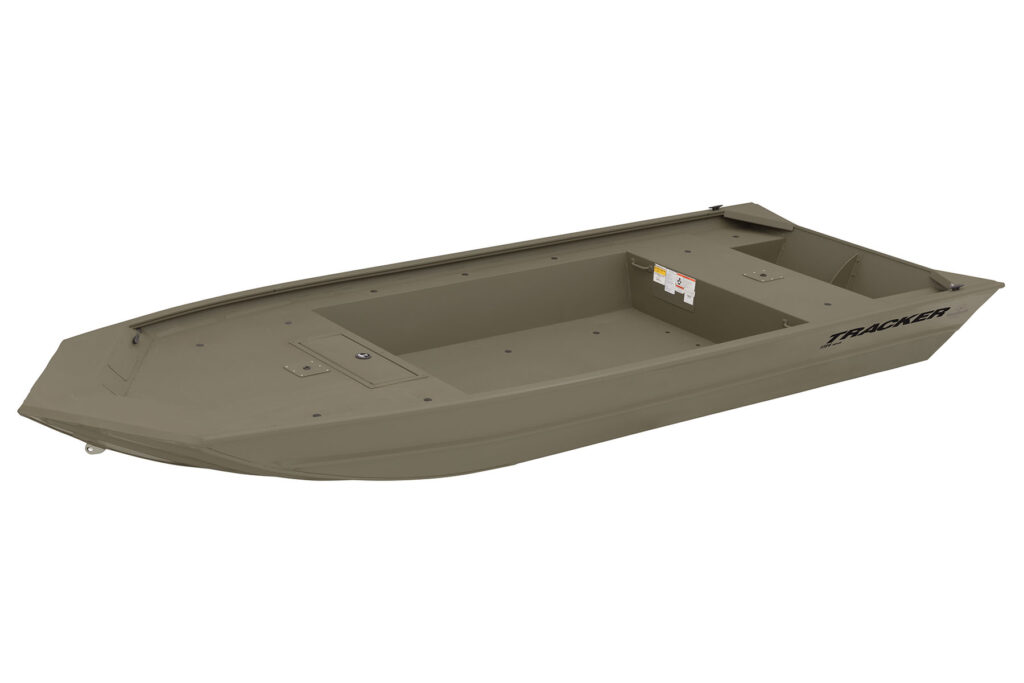
CLICK HERE FOR THE BESTSELLING HUNTING GEAR
What are Flat-bottom Boats?
Definition and Characteristics
Flat-bottom boats are watercraft with a hull that has a flat bottom surface. Unlike boats with V-shaped or round-shaped hulls, flat-bottom boats have a flat base that allows them to float in shallow waters without getting stuck or damaged. The absence of a keel also contributes to the ease of maneuverability in these boats. Moreover, flat-bottom boats are traditionally made of wood, although modern versions are constructed using various materials such as aluminum and fiberglass.
Typical Uses and Advantages
One of the primary uses of flat-bottom boats is fishing. Anglers often prefer using these boats as they can access hard-to-reach spots in shallow waters where fish tend to congregate. The flat bottom also provides stability, making it easier to stand and cast a fishing line. Additionally, flat-bottom boats are commonly used for recreational activities like leisurely cruises, picnics, and wildlife spotting. Their shallow draft allows them to explore marshy areas, rivers, and calm lakes.
Another advantage of flat-bottom boats is their versatility. They can be customized to serve different purposes. For example, some flat-bottom boats can be converted into hunting boats by adding duck blinds or using them as a platform for shooting. They are also used for transportation in certain regions, where they serve as a means to travel across bodies of water that are not accessible by other types of boats. Moreover, flat-bottom boats are preferred in industries like logging and dredging due to their ability to carry heavy loads and navigate through tight spaces.
Different Types of Flat-bottom Boats
Jon Boats
Jon boats are a popular type of flat-bottom boats that are often used for fishing and hunting. They are typically made from aluminum and have a shallow draft, which makes them ideal for navigating through shallow waters, narrow channels, and muddy areas. Jon boats usually have a simple design with a flat-bottom, squared-off bow, and a transom at the stern to mount an outboard motor.
Sailboats
While flat-bottom boats are commonly associated with motorized vessels, there are also sailboats that feature a flat-bottom hull. These sailboats, known as flat-bottom sailboats, are designed to sail in shallow waters such as lakes, rivers, and protected coastal areas. The flat-bottom hull reduces the draft, allowing them to explore areas where deep-draft sailboats cannot venture. Flat-bottom sailboats are often small in size and are favored by sailors who enjoy exploring calm and picturesque waterways.
Punt Boats
Punt boats are a type of flat-bottom boat that originated in Europe. They have a long history and are traditionally used as small fishing or transportation boats in rivers and shallow waters. Punt boats feature a flat-bottom hull with squared-off ends, creating a stable and maneuverable vessel. Punt boats are propelled using a long pole, often called a punt pole, which is pushed against the river or lakebed to propel the boat forward.
Barges
Barges are large, flat-bottomed boats that are primarily used for transporting cargo. Due to their large size and flat-bottom design, barges can carry heavy loads and navigate through shallow waters easily. They are commonly used in industries such as construction, shipping, and mining. Barges can be pushed and pulled by tugboats and are an essential part of inland waterway transportation systems.
CLICK HERE FOR THE BESTSELLING HUNTING GEAR
Construction of Flat-bottom Boats
Materials Used
Traditionally, flat-bottom boats were made of wood due to its availability and ease of construction. However, modern flat-bottom boats are often constructed using materials like aluminum and fiberglass. Aluminum is lightweight, durable, and resistant to corrosion, making it a popular choice for constructing flat-bottom boats. Fiberglass, on the other hand, provides a smooth and sturdy hull, making it suitable for various water conditions.
Design Considerations
When designing flat-bottom boats, several factors are taken into consideration. The shape and size of the hull play a vital role in determining the stability, maneuverability, and overall performance of the boat. The flat shape of the hull provides stability by distributing the weight evenly across the boat. The width of the boat also contributes to stability, as a wider boat will have a larger surface area in contact with the water, providing better balance. Additionally, the length of the boat affects its speed and maneuverability, with longer boats generally being faster but less maneuverable.
Stability and Buoyancy
Stability and buoyancy are crucial aspects of flat-bottom boats. The flat-bottom hull provides a stable platform that minimizes rocking and tipping. However, this stability can be compromised when too much weight is unevenly distributed on the boat. It is important to ensure that the load is properly balanced to maintain stability and prevent accidents. Additionally, the hull design should provide adequate buoyancy to keep the boat afloat even when it is fully loaded or encounters rough water conditions.
Pros and Cons of Flat-bottom Boats
Advantages
Flat-bottom boats offer several advantages that make them a popular choice for various activities. Firstly, their shallow draft allows them to navigate through waters that are inaccessible to deeper-draft boats. This makes them versatile and suitable for exploring shallow rivers, marshes, and lakes. Moreover, the flat-bottom design provides stability, making them ideal for activities like fishing, hunting, and leisurely cruising. Flat-bottom boats are also relatively lightweight, making them easier to transport and launch.
Another advantage of flat-bottom boats is their affordability. Compared to boats with more complex hull designs, flat-bottom boats tend to be less expensive. This makes them an accessible option for individuals who are looking to own a boat without breaking the bank. Additionally, the simple design of flat-bottom boats often means that there is less maintenance and repair involved.
Disadvantages
While flat-bottom boats have their advantages, they also come with some disadvantages. One notable drawback is their limited ability to handle rough water conditions. The flat-bottom hull design makes them susceptible to strong currents, waves, and windy conditions, which can cause the boat to rock or become unstable. This limits the use of flat-bottom boats to calmer waters and protected areas.
Moreover, flat-bottom boats may lack the speed and maneuverability of boats with more streamlined hull designs. The flat shape of the hull creates more drag, resulting in slower speeds and reduced maneuverability. This can be a disadvantage for individuals who need a boat for activities that require quick acceleration, high speeds, or precise maneuvering.
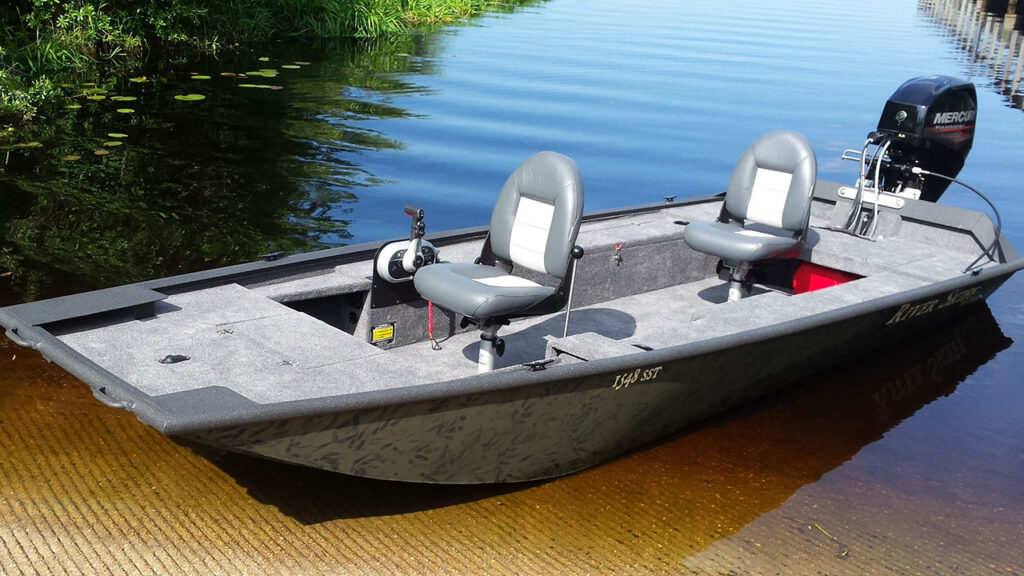
Safety Measures and Regulations
Life Jackets and Safety Equipment
Safety should always be a top priority when operating a flat-bottom boat, or any water vessel for that matter. It is essential to have the appropriate safety equipment on board, including life jackets, a first aid kit, a fire extinguisher, and navigation lights. Life jackets should be worn at all times, especially when boating with children or in rough water conditions. It is also important to ensure that the boat is equipped with proper lighting for navigation purposes, particularly when boating at night.
Limitations and Restrictions
Flat-bottom boats may have limitations and restrictions imposed by local regulations and waterway rules. These limitations can include speed limits, restricted areas, and restricted access during certain seasons. It is important to familiarize yourself with the regulations and restrictions in the area where you plan to operate your flat-bottom boat. This will help ensure your safety and compliance with local authorities.
Navigation Rules
Just like any other boat, flat-bottom boats must follow navigation rules to maintain safety and avoid collisions. These rules include maintaining a safe distance from other boats, yielding to vessels with right-of-way, and using proper navigation lights when boating during low visibility conditions. It is crucial to familiarize yourself with the navigation rules of the waterway you intend to navigate, as these rules may vary depending on the location.
Maintenance and Care
Cleaning and Upkeep
Proper maintenance and care are essential to prolong the lifespan of a flat-bottom boat and ensure its safe operation. Regular cleaning of the boat, including the hull and the interior, helps prevent the buildup of dirt, algae, and other contaminants. It is also important to regularly inspect and maintain the boat’s mechanical components, such as the engine, steering system, and electrical system. Lubricating moving parts and checking for any signs of wear or damage are vital maintenance tasks that should be performed regularly.
Repairing Damages
In the event of damages to the boat, prompt repairs are necessary to prevent further deterioration and maintain the boat’s structural integrity. Whether it is repairing a crack in the hull or replacing a damaged component, it is important to address the issue as soon as possible. Depending on the extent of the damage, repairs may require professional assistance or can be done using basic tools and materials.
Winterization and Storage
Proper winterization is crucial, especially for flat-bottom boats that are used seasonally. Before winter sets in, it is important to prepare the boat for long-term storage. This includes draining the fuel tank, flushing the engine with antifreeze, removing the battery, and covering the boat with a heavy-duty tarp. Storing the boat in a dry and secure location, such as a garage or storage facility, helps protect it from harsh weather conditions and potential theft.

Popular Destinations for Flat-bottom Boating
Lakes and Reservoirs
Flat-bottom boating is especially popular in lakes and reservoirs around the world. These bodies of water offer a serene and picturesque setting for leisurely cruises, fishing trips, and wildlife viewing. Some notable destinations for flat-bottom boating in lakes and reservoirs include Lake Tahoe in California, Lake Como in Italy, and Lake Powell in Arizona.
Rivers and Creeks
Rivers and creeks are natural habitats for flat-bottom boats due to their shallow waters and winding paths. They offer an opportunity to explore the beauty of nature from a different perspective. The Amazon River in South America, the Mississippi River in the United States, and the Backwaters of Kerala in India are renowned destinations for flat-bottom boating in rivers and creeks.
Coastal Areas
Certain coastal areas provide suitable conditions for flat-bottom boating, particularly in protected bays, estuaries, and intercoastal waterways. These areas allow enthusiasts to combine the joy of flat-bottom boating with the breathtaking views of the coastline. The Norfolk Broads in England, the Chesapeake Bay in the United States, and the Great Barrier Reef in Australia are prime examples of coastal areas perfect for flat-bottom boating.
Famous Flat-bottom Boats in History
Historical Significance
Flat-bottom boats have played integral roles throughout history. They served as essential transportation vessels in ancient civilizations, enabling trade and exploration. The Egyptian papyrus boats, the Viking longships, and the Chinese river barges are notable examples of flat-bottom boats that influenced historical events. Flat-bottom boats were also instrumental in the early days of colonization, where they were used to navigate through unfamiliar waters and establish settlements.
Achievements and Records
The historical significance of flat-bottom boats is also reflected in various achievements and records. In 1803, the Lewis and Clark expedition relied heavily on flat-bottom boats to explore the unknown territory of the American West. These boats enabled the expedition to traverse the shallow waters of the Missouri River and discover new lands. In 1966, the “Spirit of Australia,” a flat-bottom hydroplane, set the world water speed record by reaching a speed of 317.60 miles per hour (511.11 kilometers per hour).
Notable Manufacturers of Flat-bottom Boats
Company 1
Company 1 is a renowned manufacturer of flat-bottom boats that has been producing high-quality watercraft for several decades. Their boats are known for their durability, stability, and excellent craftsmanship. Company 1 offers a wide range of models, from fishing boats to recreational boats, catering to various boating needs and preferences.
Company 2
Company 2 is a leading manufacturer of flat-bottom boats, specializing in versatile and lightweight designs. Their boats are engineered for optimal performance, providing maneuverability and speed without compromising on stability. Company 2 is known for their innovative use of materials, resulting in boats that are durable, fuel-efficient, and low maintenance.
Company 3
Company 3 has established itself as a trusted manufacturer of flat-bottom boats, especially in the hunting and fishing community. Their boats are designed to withstand rugged conditions, making them ideal for outdoor enthusiasts. Company 3 is known for their attention to detail, ensuring that every boat is crafted to meet the highest standards of quality and reliability.
Company 4
Company 4 is a well-known manufacturer of flat-bottom boats that offers a wide range of models to suit different preferences and needs. Their boats are designed with functionality and comfort in mind, providing a smooth and stable ride. Company 4 is committed to continuous innovation, incorporating the latest technologies to enhance the performance and safety of their boats.
Conclusion
Flat-bottom boats are versatile watercraft that have been utilized for centuries for various purposes. Their flat-bottom hull design allows them to navigate through shallow waters with ease, making them ideal for fishing, recreational activities, transportation, and specific industries. While these boats have their advantages, such as versatility and affordability, they also have limitations and considerations regarding safety and maintenance. Nevertheless, flat-bottom boating offers unique experiences, allowing enthusiasts to explore serene lakes, winding rivers, and picturesque coastal areas. With their historical significance and notable manufacturers, flat-bottom boats continue to be an integral part of the boating world. So, whether you are a fishing enthusiast, a nature lover, or an adventure seeker, a flat-bottom boat may just be the perfect vessel for your waterborne adventures.


